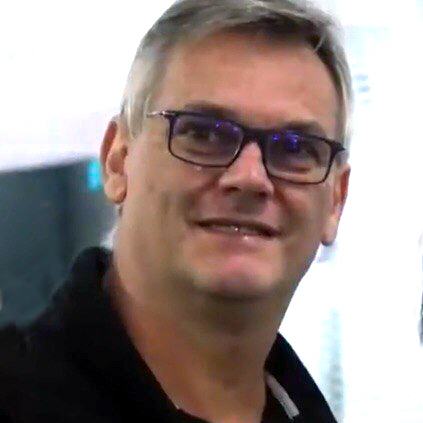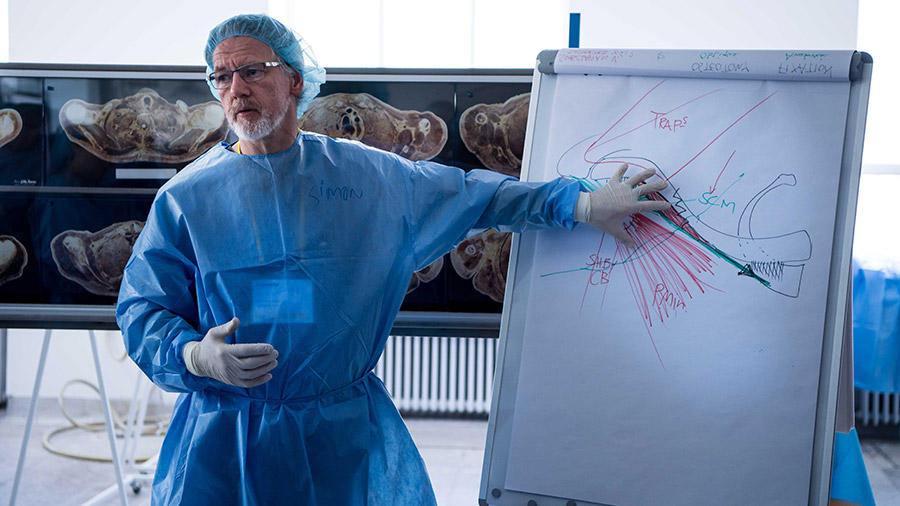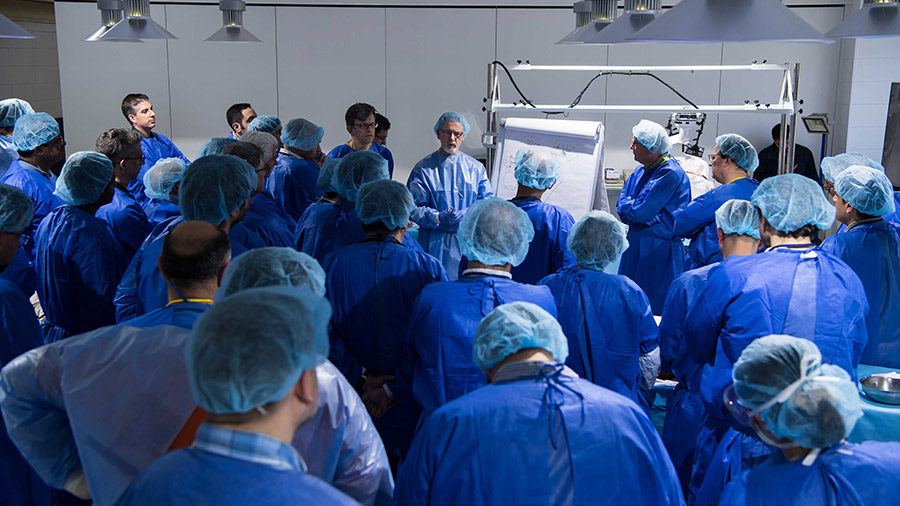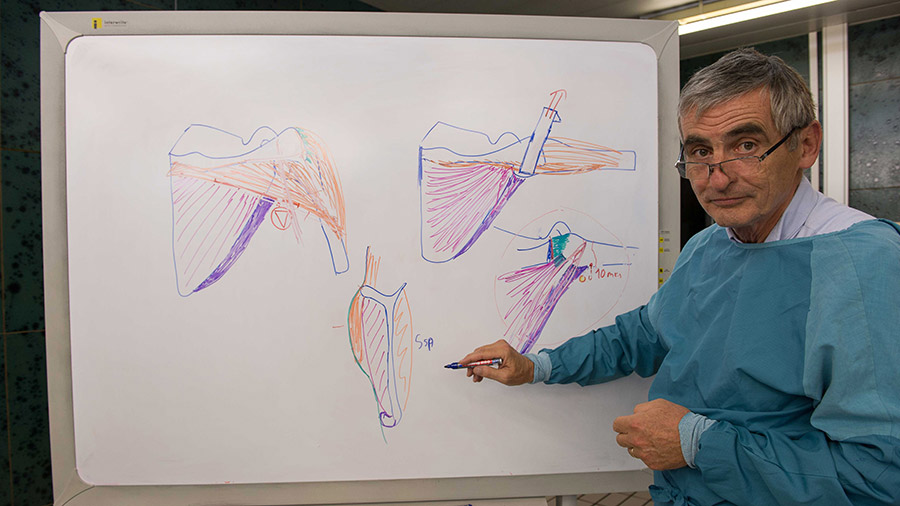AO Trauma Course—Shoulder Trauma
Participants will learn the current management of patient pain, dysfunction, deformity, and cosmesis related to trauma of the shoulder. Fractures from the sternoclavicular joint to the humeral shaft will be covered as well as joint injuries and dislocations and soft-tissue injuries (the acute trauma phase and the posttraumatic sequelae such as malunion, nonunion, infection, etc).
This course is aimed at orthopedic and trauma, and shoulder surgeons with at least 5 years of experience who want to update their expertise and want to manage complications and more complex cases.
Participants should have completed the AO Trauma Courses—Advanced Principles of Fracture Management and must be able to communicate well in English.
Why you should choose this course
Top national, regional, and international faculty
2-3 days in duration
For surgeons who already treat shoulder trauma fractures
Network with colleagues from all over the world
CME credits
Course content
-
Course modules
- Module 1—Clavicle
- Module 2—Scapula
- Module 3—Proximal Humerus
- Module 4—Humeral shaft
-
Small group discussions
Clavicle:
- Failed treatment of a diaphyseal clavicle fracture
- Failed lateral clavicle fracture
- AC ligament injury
- Malunion of clavicle
- Sternoclavicular joint dislocation
- Medial clavicle fracture
Scapula:
- Displaced scapular body fracture
- Floating shoulder
- Anterior instability (anterior glenoid fracture or /labral avulsion)
- Articular glenoid fracture
- Fracture of the spine/coracoid/acromionProximal humerus
Proximal humerus:
- Displaced scapular body fracture
- Floating shoulder
- Anterior instability (anterior glenoid fracture or /labral avulsion)
- Articular glenoid fracture
- Fracture of the spine/coracoid/acromion
Proximal humerus complications:
- Loss of reduction - (Failed tuberosity fixation with a focus on prevention)
- Implant cutout
- Intraarticular screw penetration
- Failed nonoperative treatment
- Avascular necrosis
- Nonunion (operative)
- Nonunion (nonoperative)
- Tuberosity malunion
- Humeral head malunion
-
Anatomical Specimen Workshops (full day)*
Anterior exposures to the clavicle
- Landmarks and exposure for lateral and medial clavicular fractures and AC joint/SC joint, with particular attention to the supraclavicular nerves, the AC and CC ligaments, and deltotrapezial fascia
- Exploration of neurovascular structures around the clavicle, including the supraclavicular plexus and vascular structuresPosterior exposures
Anterior exposures to the humerus
- Landmarks and exposure using deltopectoral approach, exploring the infraclavicular plexus, then take down the skin and determine how you can visualize the proximal humerus using an anterolateral approach
- Interdeltoid approach (deltoid split)
- Extend the deltopectoral incision to visualize the anterolateral humeral shaft (relation of musculocutaneous and median nerve and brachial artery)
- Advanced anatomy: explore the pectoral muscle and 2-piece tendon and pectoral nerves, axillary nerve exploration
- Anterior approach to the glenohumeral articulation
Posterior exposures to the scapula
- Landmarks and posterior approach for scapular fractures, with particular attention to suprascapular and axillary nerves and glenoid and lateral column/scapular body exposure
Posterior exposures to the humerus
- Posterior approach to the humerus: exploration of radial nerve
Course details may be subject to change. Please check your chosen date and location for the detailed program.
Target audience
- Orthopedic, trauma, and shoulder surgeons with at least 5 years of experience who want to update their expertise and want to manage complications and more complex cases.
Competencies
The curriculum is based upon 7 competencies:
- Perform an appropriate assessment of the patient with trauma to the shoulder, humeral shaft, elbow, forearm, wrist, and hand
- Identify the minimal quality requirements for each assessment tool and the optimal way to gather the required information
- Perform a thorough, stepwise analysis of the problem (what is the mechanical, biological, and soft tissue situation and problem)
- Identify the advantages and disadvantages of the treatment options and decide with the patient which is best for their specific needs
- Develop a comprehensive plan based on the needs of the patient, the injury, the patient factors, and the available surgical options
- Complete the plan (perform operative procedures and nonoperative care)
- Provide and communicate overall care, integrating the team, family, and supporting care system
What does competency-based curriculum development mean?
Resources
AO Surgery Reference
Explore the collection of expert-recommended AO Surgery Reference pages that match the course content. They cover patient examination, approaches, key procedures, and further topics for each anatomical area.
Upper extremity education taskforce
The upper extremity education taskforce is a group of experts who build and continously improve our educational program. It consists of three international program editors (IPEs).

Joyce Koh (Singapore)
Term: 2025–2027

George Dyer (USA)
Term 2026–2028

Pedro Labronici (BR)
Term: 2024–2026
See a full list of all regional program contributors and past international program editors.
Not the right course?
Find our list of all curricula courses here.





